
If you think that the only way to break into nursing is by earning an associate or bachelor's degree from a nursing school, think again. Those who are eager to get their feet wet in this exciting field can do so more quickly by becoming a Licensed Practical Nurse, or LPN. If you're looking for a quick and easy way to break into nursing that requires a minimal amount of training and education, becoming an LPN may be right for you. Learn more about what an LPN is below.
What Is a Licensed Practical Nurse?
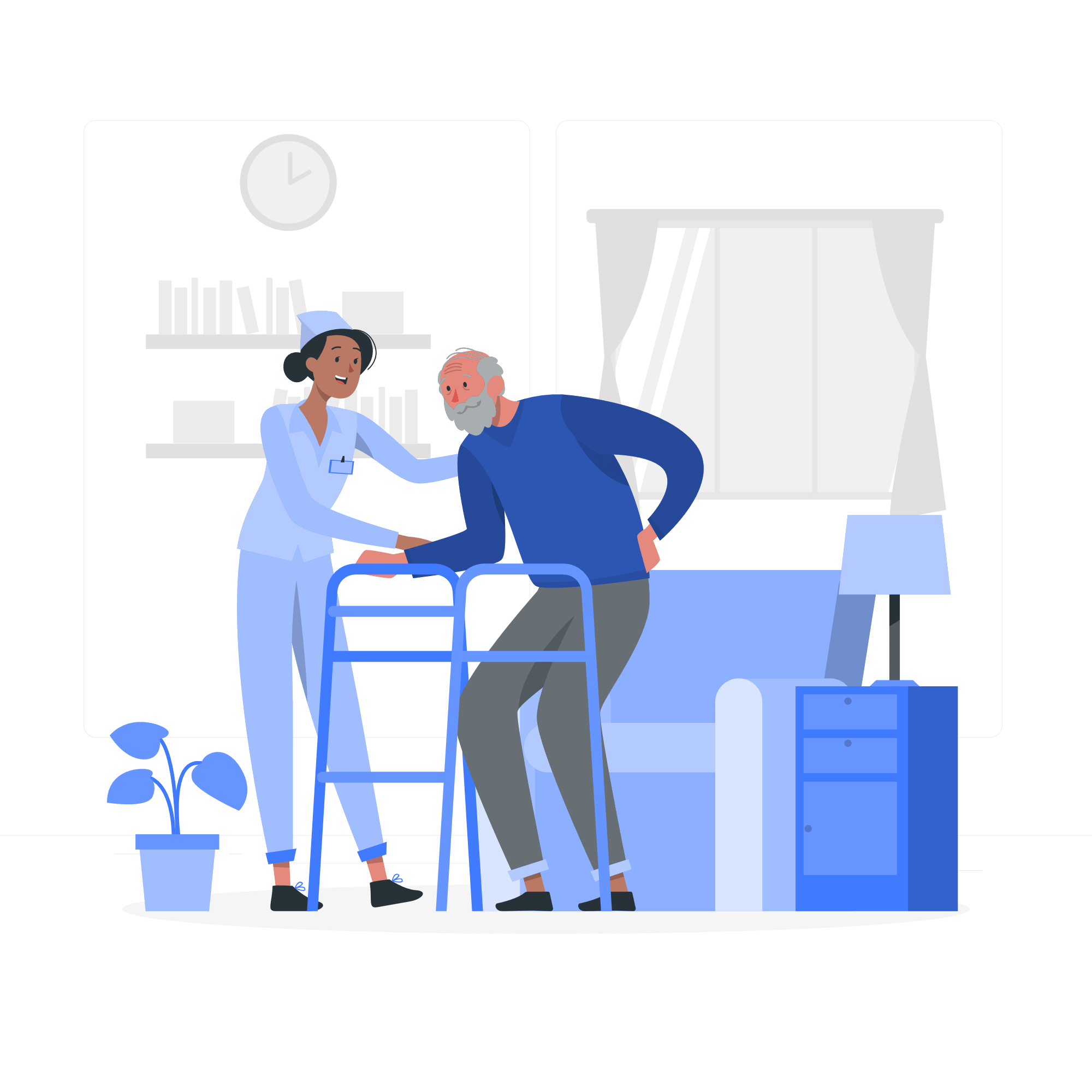
As mentioned above, LPN stands for Licensed Practical Nurse. In California and Texas, however, the term Licensed Vocational Nurse, or LVN, is used interchangeably. An LPN is an entry-level nursing professional who works under the supervision of registered nurses (RNs) and doctors. LPNs provide basic care to patients, such as helping them bathe, eat, dress, and walk. Unlike RNs, who must take two to four years to earn either an associate degree or a bachelor's degree to work professionally, LPNs can earn the necessary credentials in as little as one year.
What Kinds of Traits Should an LPN Have?
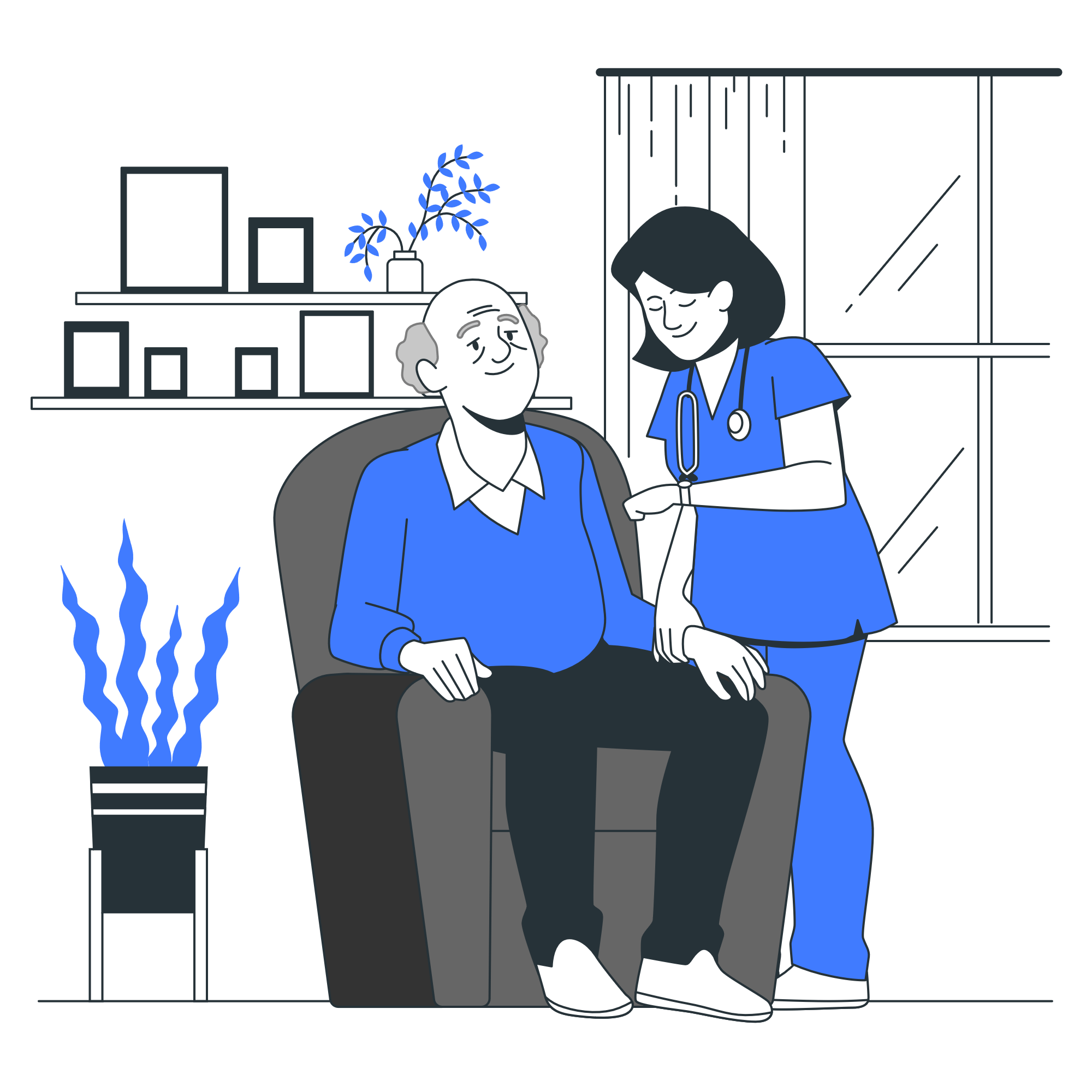
If you're thinking about becoming an LPN, you should first ask yourself if you naturally possess any of the traits that help LPNs succeed in this profession. While training and education are essential, naturally possessing certain traits can make things easier. Exceptional LPNs have a great deal of stamina because they are on their feet for hours at a time. They have excellent communication and interpersonal skills, which is important because they work closely with patients throughout their shifts. They are also detail-oriented, which helps them to avoid careless mistakes and to stay organized in a fast-paced environment. Finally, it is essential to have compassion if you are going to work as an LPN, as you will be around ailing people all the time.
What Kind of Training Does an LPN Need?
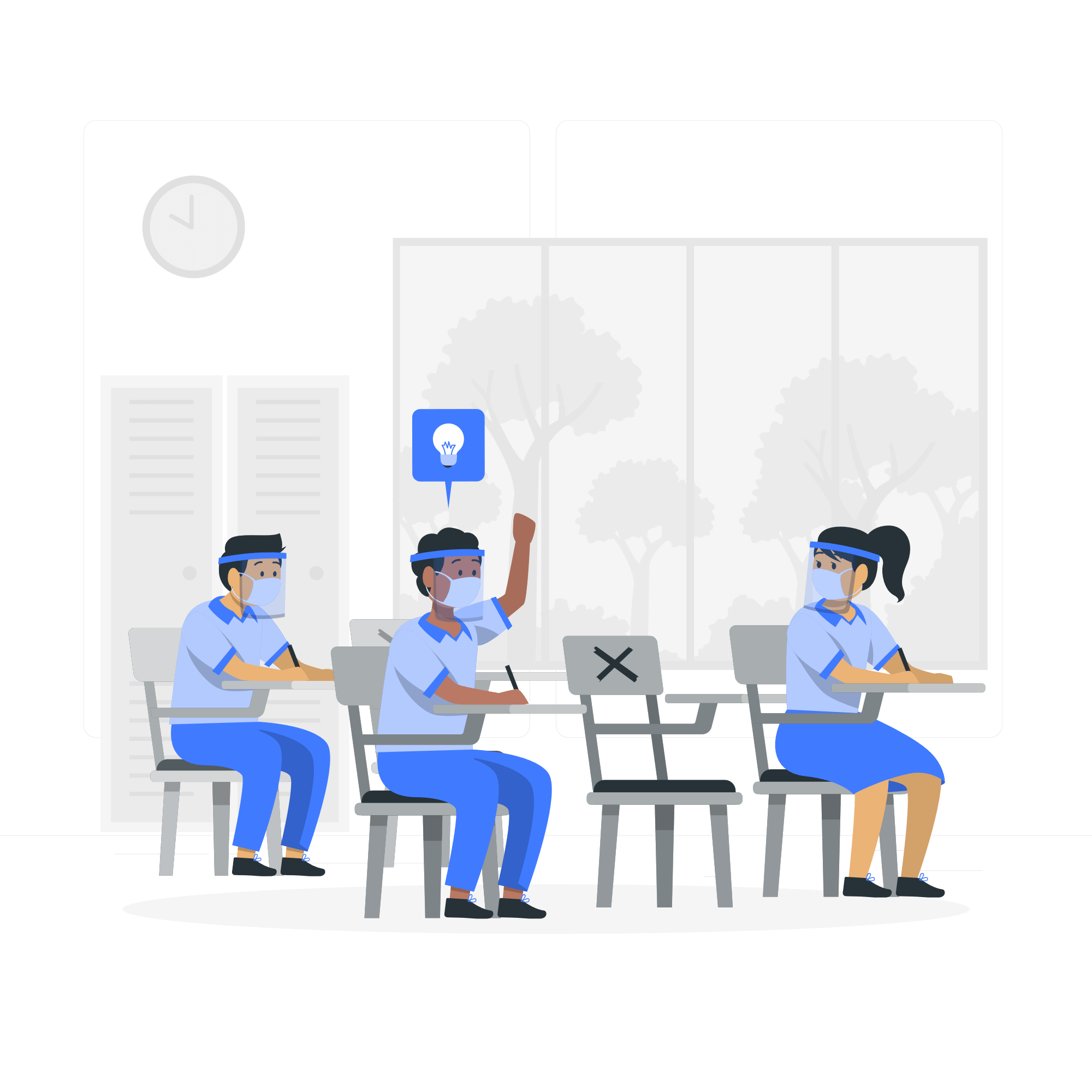
If you decide to pursue a career as an LPN, you cannot just apply for jobs. Training and certification are required. LPNs are licensed by the state. This is because the state must ensure that patients are being cared for properly. LPN training programs typically take one year to complete. Accelerated programs can sometimes be completed in as little as nine months. These programs prepare aspiring LPNs for the NCLEX-PN exam, which they must pass to receive their LPN licenses.
What are the Typical Duties of an LPN?
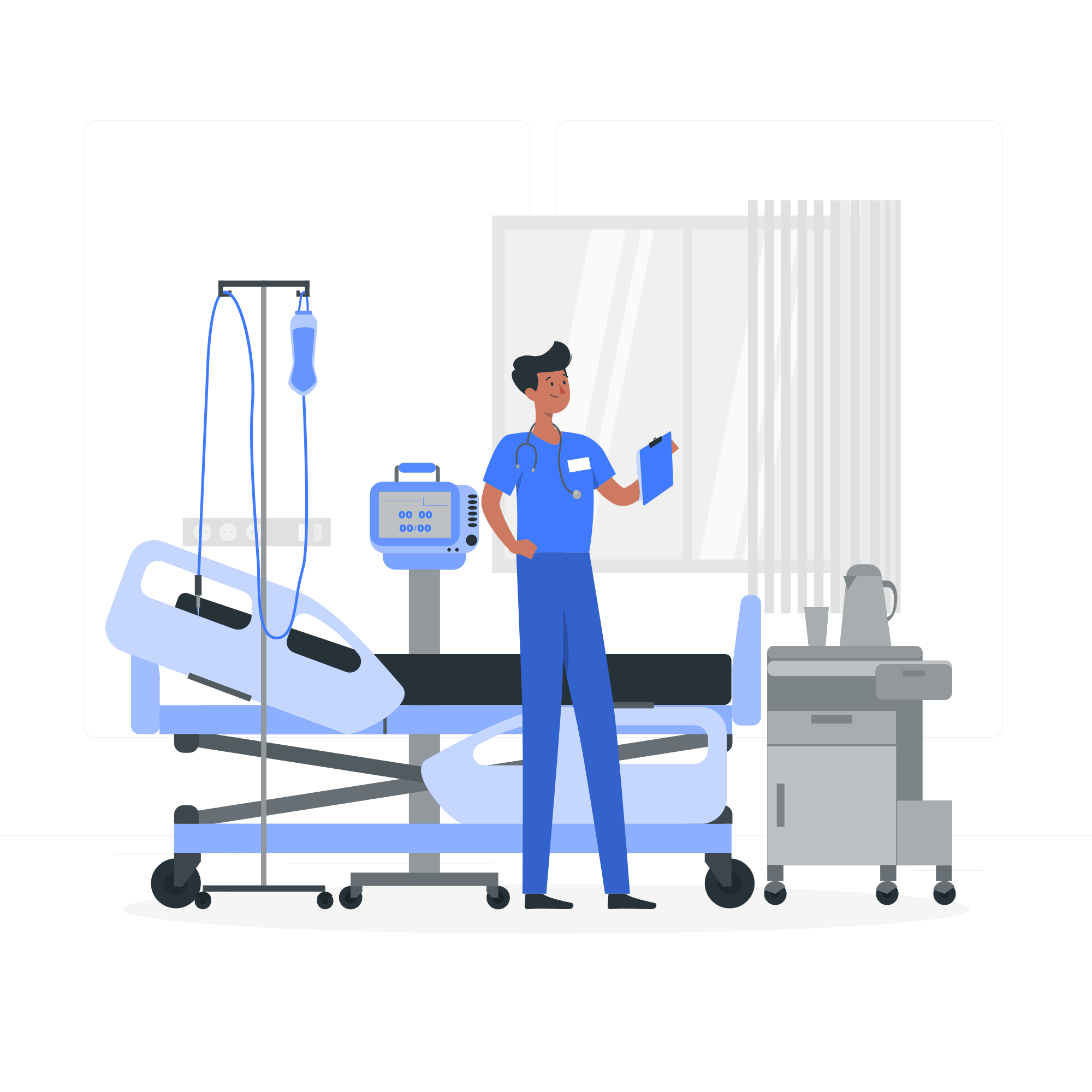
LPNs provide what is often referred to as "essential care," which means that they provide basic nursing care. Most of the time, this means keeping patients comfortable and happy as much as possible. Some of the typical duties of an LPN include:
- Monitoring patient health by taking vital signs, maintaining patient health records, and providing basic care, including bathing and feeding.
- Providing basic nursing care, such as the application of bandages and the insertion of catheters.
- Providing companionship and emotional support to patients and their families.
- Explaining, discussing, and listening to patients about their conditions.
- Teaching families how to properly care for their loved ones.
Where Do LPNs Typically Work?
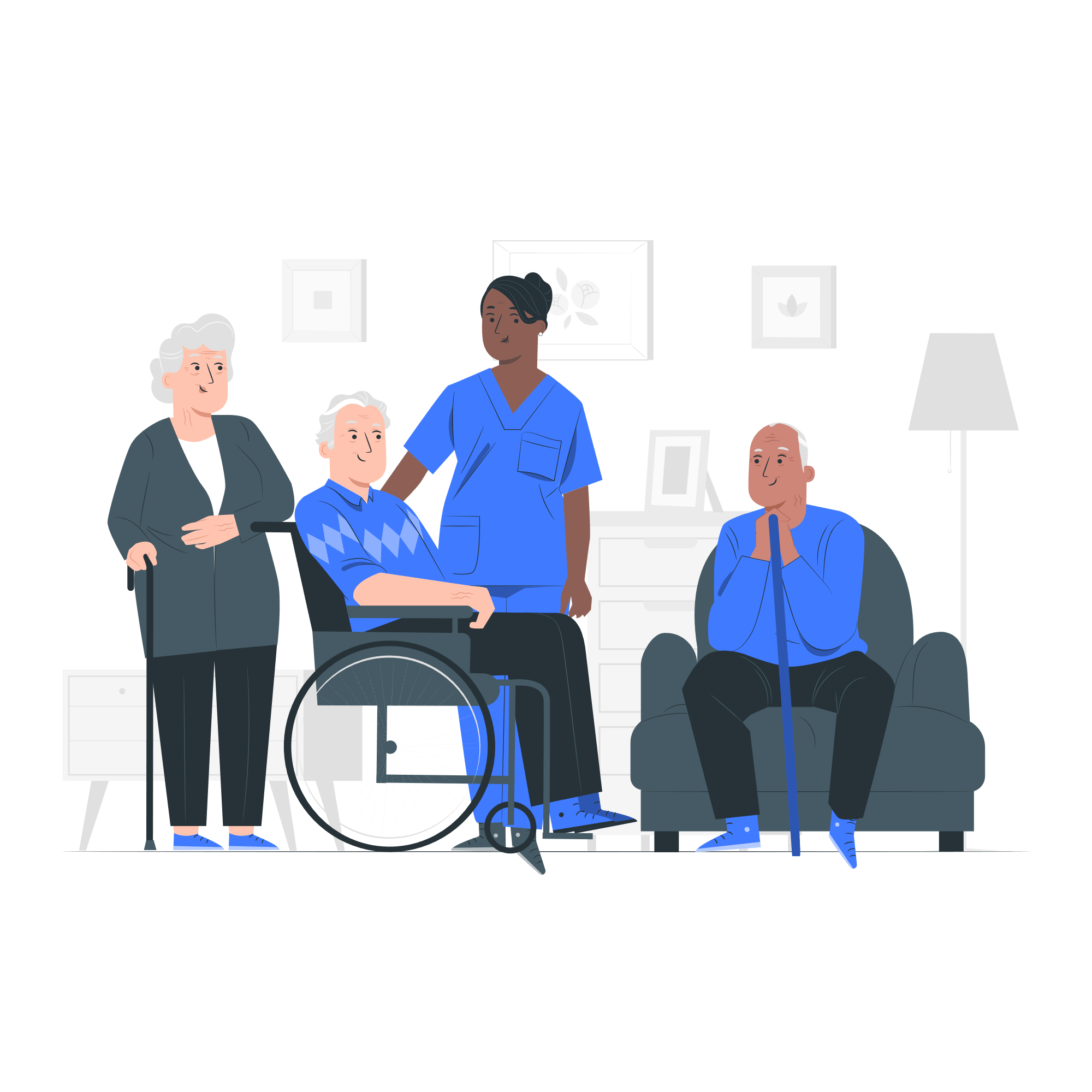
While registered nurses (RNs) most commonly work in hospitals and doctors' offices, the majority of licensed practical nurses (LPNs) work in nursing care. Indeed, in 2019, 38% of LPNs worked in nursing and residential care facilities. Fifteen percent worked in hospitals and 13% worked in doctors' offices. Increasingly, LPNs are finding work as home health aides, and many home healthcare providers hire LPNs to provide basic care. A small percentage of LPNs work in public health, which includes settings such as schools and nonprofit organizations. Because of low competition, it is often easier to find LPN jobs in rural areas than in more populated areas.
How Much Do LPNs Get Paid?

Naturally, you are probably wondering how much LPNs typically get paid. The good news is that these professionals tend to make well above average pay. According to the Bureau of Labor Statistics (BLS), the mean pay for an LPN or LVN in 2020 was $23.47 per hour, or $48,820 per year. Given that the federal minimum wage in the U.S. is still $7.25 per hour, this is a very good starting wage to make in exchange for just one to two years of training. Indeed, the return on the investment of LPN training tends to be considerable, and most LPNs start out with a competitive rate of pay.
What is the Outlook for LPNs?

When starting out in a new career, it's smart to assess what the job prospects will be like going forward. You have nothing to worry about by becoming an LPN, as these professionals are not only currently in high demand, but will continue to be in high demand as time goes by. With aging baby boomers, increased access to health insurance, and other factors, employers will continue to need more LPNs than ever.
According to the Bureau of Labor Statistics (BLS), there were 721,700 LPNs employed in the U.S. in 2019. Around 65,700 more LPNs are expected to be employed by 2029, bringing the total to 787,400. This represents an increase of 9 percent between 2019 and 2029, which is a very fast rate of growth.
This applies to all LPNs, but those with more experience will have even better job prospects in the future. With the assistance and care that they provide to patients, LPNs are invaluable parts of any healthcare team.
Key Takeaway
In conclusion, those who want to break into nursing should consider starting out as LPNs. The pay is competitive, the job market is strong, and the work is rewarding.



